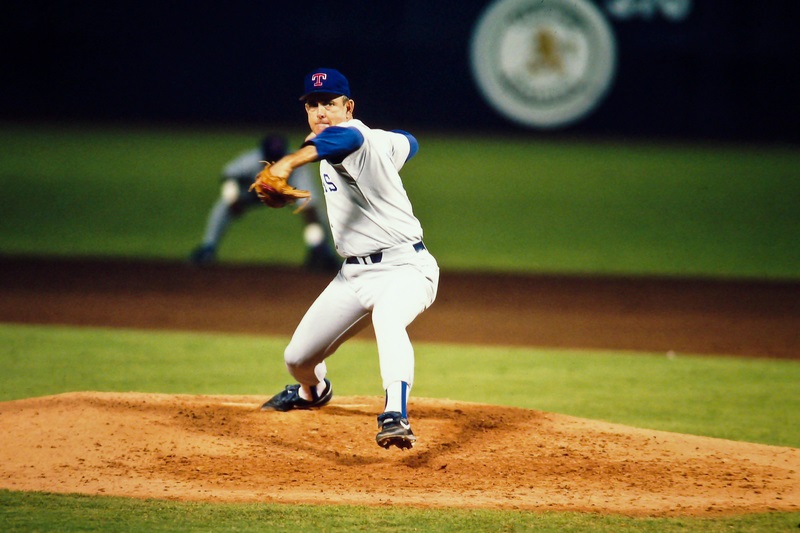Last updated on November 3rd, 2023 at 08:24 am
A no-hitter occurs when the pitcher does not allow any hitter to reach base via a base hit. However, during a no-hitter, there can be walks, errors, and hit by pitches. Also, a no-hitter can take place by one pitcher, or multiple pitchers, but it must take place by recording 27 outs without a hitter getting on base via a hit.
What is the Difference Between a No-Hitter and a Shutout?
When a pitcher takes the mound, the idea is simple: don’t let the batters achieve anything. Unfortunately for the pitcher, the batter has multiple ways to get on base. They can walk. They can get hit by a ball. And they can use the most popular method: they can score a hit.
Has Anyone Ever Pitched a No-Hitter and Lost?
Can you pitch a no-hitter and lose a game? The answer is yes, which may surprise fans. Ken Johnson of Houston Colt .45s—not yet the Houston Astros—once pitched a no-hitter in a losing effort. Here’s how it went down.
- The Colt .45s failed to win the game
- In the ninth inning, despite Ken Johnson’s efforts, several errors occurred that let the opposing team, the Cincinnati Reds, score
- Ken Johnson never allowed a hit, but it didn’t matter—the game was lost
What Happens if the Game Goes into Extra Innings?
Let’s say the Marlins are playing the Phillies. A pitcher for the Marlins has a no-hitter going into nine innings and finally gets the third out of the inning. Not only is it a shutout, but the starting pitcher has thrown a no-hitter through nine. However, what if the score remains tied at zero?
Technically, you’ve thrown a no-hitter if you’ve allowed no hits in nine innings and won the game. But with extra innings, there’s still the possibility that you’ll allow a hit, which can technically break up the “no-hitter” effort.
Most of the time a pitcher will throw 9 innings of no-hit ball, but then a relief pitcher will come in extras to pitch. This happens because most teams tend to swap out a starting pitcher as they get close to 100 pitches because they start to become tired as they pitch.
Conclusion: What is a No Hitter in Baseball?
In conclusion, a no-hitter happens when a pitcher does not allow any batter to reach base via a hit. However, a pitcher can walk hitters since that does not count against the no-hit bid. If a pitcher does not allow anyone to hit and or reach base over nine innings, a perfect game happens.
Similar Posts
What is a Perfect Game in Baseball?
What is a Quality Start in Baseball?
What Does Bush League Mean in Baseball?
Greg Kristan, owner of The Stadium Reviews, LLC and TM Blast, LLC, brings his extensive experience visiting over half of the MLB ballparks, along with numerous MLS, NHL, NBA, and NFL venues, to provide in-depth coverage on the bag policy, food options, and parking. He has also been interviewed about his experiences on several sports podcasts.




